2024 marks 20 years of serious photography for me, as I acquired my first serious camera, the original Canon Digital Rebel, in November of 2004. At the time, that camera opened up a new world of serious imaging that I had never before experienced, and it’s really when I began to grow as a photographer. Over the years, I’ve shot with dozens of cameras, hundreds of lenses, and experienced digital imaging advancement from fairly early in its days as an obtainable technology.
I wanted to take a look back at some of that very early gear, but I really have no desire to revisit that original Digital Rebel. First, while easily available on the used market for mere pennies, the rubber used for the front grip tended to deteriorate, so most of them either have this goopy, sticky rubber grip, or have been stripped of it and are left with hard plastic that doesn’t feel original. Also, the camera was dog slow and had a dim viewfinder. However, my second DSLR was the Canon EOS 30D – a camera I was SO excited to get in December of 2006. I shot with the 30D as my main camera for a little over 2 years, and then as a second body for a little while longer. I sold the 30D in August of 2009, and really haven’t thought too much about it since. Then, a few weeks ago I was looking through some old images and found a photo of Pittsburgh that I took in 2007, but somehow never actually processed. After adjusting it in Lightroom, I was able to quickly see that I had a pretty nice shot!
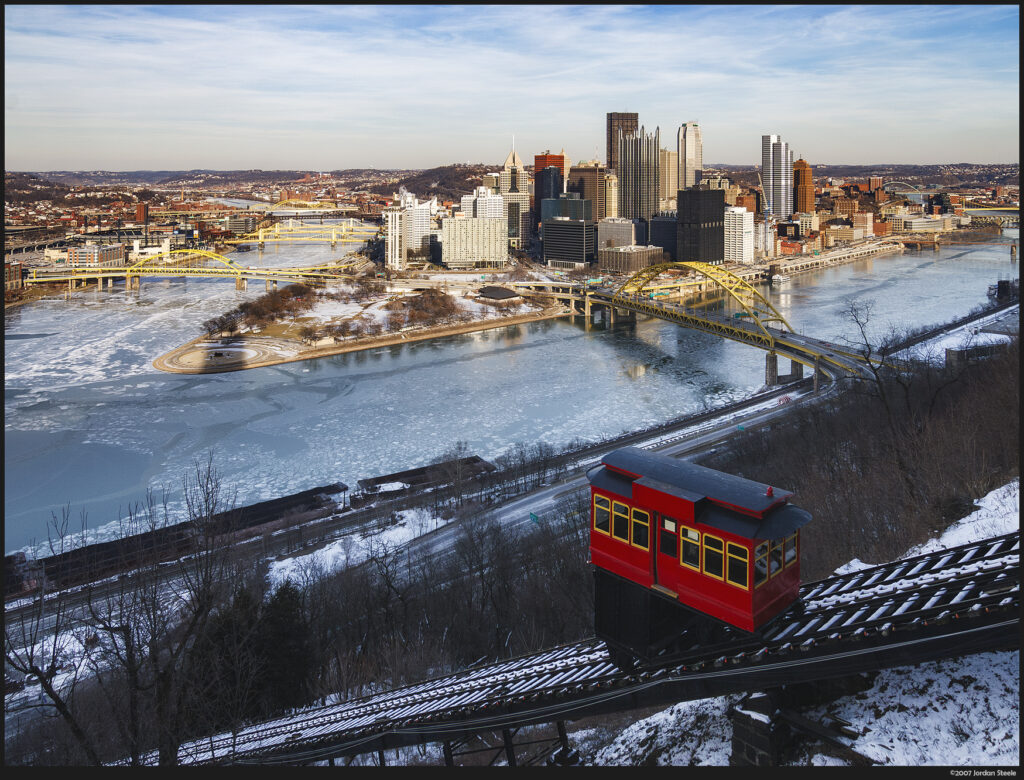
I liked the colors and the tones, and it made me want to go pick up a 30D again. Well, DSLR prices as a whole have fallen off a cliff, especially for much older gear, and the 30D can now be had in excellent condition for a mere $50-60. So I picked one up. When it came to lenses, I thought about picking up either the Sigma 18-125mm f/3.5-5.6 DC, which was my first DSLR lens ever, or the Tamron 17-50mm f/2.8, which was the standard zoom I used most of the time I owned the 30D. But ultimately, both of those lenses have the same issue: they’re not very wide. They also lack stabilization, and that’s something I wanted to have if possible. When I was shooting the 30D, standard zooms that started at an equivalent of 24mm were pretty hard to come by, but just one month after I sold my 30D, Canon released the EF-s 15-85mm f/3.5-5.6 IS USM – a lens that basically is perfect for walk-around use. They can also be had for quite cheap – so I grabbed one and got to work. I also found a good condition EF-s 10-18mm, which was even cheaper, and is surprisingly good optically for such a budget ultra-wide.

So for the past week or so, I’ve been shooting a fair bit with the 30D, and it only took about a day to have that muscle memory from 18 years ago return. I’ve got some thoughts on returning to what is a very early DSLR in Canon’s lineup, and how it relates to shooting in 2024. Does it still hold up?
Build, Design and Handling
Canon has always been an evolutionary company when it comes to their camera designs. In many ways, the 30D still looks like a lot of modern Canon cameras, minus some extra buttons, a smaller screen and so on. I do think the 30D is one of the better looking and designed prosumer cameras Canon has ever made. The Canon D30 (Canon’s first ‘prosumer’ DSLR) had a plastic body, and a design that seemed like an evolution of their cheaper Canon Rebel G series cameras from the late 90s, early 2000s. The D60 was largely the same. The ergonomics of both of these cameras were good, but build wasn’t super solid, and nothing was really flashy. The 10D swapped plastic for a solid magnesium alloy shell, and made a camera that had the smooth molded lump appearance of a tiny 1D. With the 20D, Canon kept the solid build, but redesigned the viewfinder housing. The 20D has some angular bumps and non-continuous lines from the main body to the lens mount and up to the viewfinder hump….I honestly never really liked the way the 20D looked.
The 30D, however, took all those good ideas from the earlier cameras and brought them together. It’s solidly built of magnesium, it has smooth flowing lines like the 10D, but with a more modern viewfinder hump like the 20D. However, the 30D eliminated the sharp transitions. Now the front of the camera smoothly flows to the mount and the viewfinder hump. Then they added a much larger 2.5″ rear screen. The same two dial control scheme, with top front command dial and rear thumb operated wheel, remained, and to this day operates beautifully. Three buttons on top allowed you to change AF mode, white balance, ISO, Drive, metering and flash exposure compensation. The controls are relatively simple, but extremely easy to use, and fast to operate. The rear wheel on the 30D, like that on those from the 10D through the 50D, is simply wonderful. Canon frankly started ruining this wheel with the 60D, and even today’s modern R5 II, R6 II and so on, have a rear wheel that isn’t quite as nice to operate as the one on those early prosumer and pro grade Canon cameras.
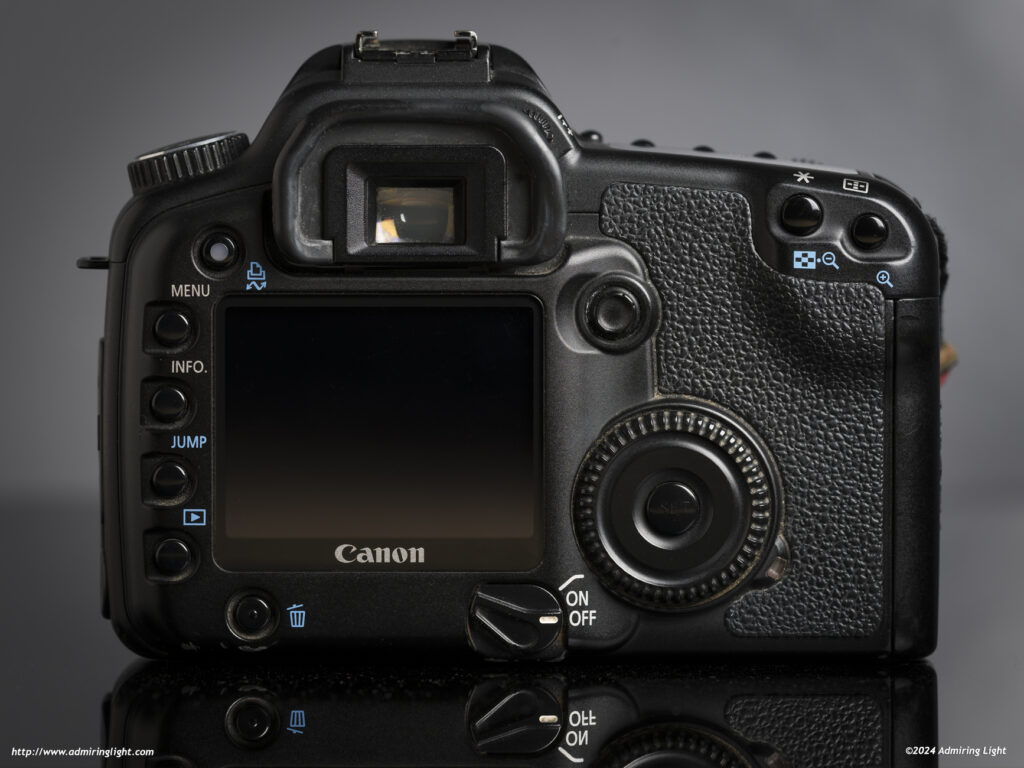
The 30D still feels really nice in the hand too. The grip isn’t quite as comfortable as Canon’s more recent cameras, but it’s still good. While the focus point joystick isn’t as responsive as those that would come later, it still works fine. Like all the XXD series, the 30D has a nice detailed top LCD with camera settings information. Overall, I was surprised just how well the controls and handling of the 30D hold up even today.
Usage
Aside from the solid controls as discussed above, the 30D has a somewhat small, but quite bright optical viewfinder that was clearer than I remember. It’s about a stop brighter than the viewfinder in the full frame Nikon D750 I tested last summer, though the focus screen lacks texture to easily identify focus for manually focusing lenses.
Focus is quite quick with the 15-85mm, and very sure, even in lower light. There has been the rare occasional focus miss, but overall, it performs quite well for a camera of its age and rather rudimentary 9 point focus system. Being an APS-C sensor, the focus points provide good coverage across the frame, and the diamond pattern allows for good placement for a wide variety of situations. Of course, this is nothing like using a modern mirrorless system, where focus can be placed essentially anywhere in the frame, but for an 18 year old prosumer body, it’s quite nice.
Probably the biggest detriment to usage of the 30D for someone who has been shooting mirrorless cameras for the past 14 years is the lack of any live view. It’s incredible how accustomed I have become to the freedom to place the camera essentially anywhere and still be able to focus and compose the scene. This can’t happen with the 30D, as the only view of your scene is through the viewfinder. This is, of course, how most cameras operated for decades, but I’ve been spoiled now, and the use of these older cameras limits things like low to the ground shooting. It even is more restrictive in that regard than when I shoot film with my early 80s Mamiya C330 TLR, as that has a waist level finder that is easy to use for low to the ground shooting.

The rear screen on the 30D was a big improvement from earlier Canon cameras, having jumped to 2.5″ from the measly 1.8″ screens used in earlier cameras. However, the resolution is quite low, and the tonal range of the screen is poor, making checking focus in the field difficult. Gauging exposure via the rear screen is a challenge due to the poor dynamic range of the display, but the 30D does have an RGB histogram that allows for accurate estimation of the exposure of your taken shots.
The camera does have autoexposure bracketing, which is useful in situations where you have an overly contrasty scene – with modern HDR tools, this provides a nice workaround for situations where the lower dynamic range would pose challenges.
One somewhat inconsequential, but nice thing: the shutter and mirror sound on the 30D are awesome: a sharp, satisfying two-stage snap. Of more importance is that the camera is quite nice to use in the field. The good viewfinder, responsive controls and fairly good autofocus make it a vintage digital camera that doesn’t cause a lot of problems. There are limitations sure, but that’s part of the charm.
Image Quality
The 30D has an 8 megapixel CMOS sensor, and it was a decent sensor for its time, but it does lag well behind modern cameras in resolution, noise control and dynamic range. At base ISO, the 30D has around 8 stops of dynamic range, which is 2-3 stops worse than the best modern APS-C cameras. As such, you must be very careful with exposure. In the early days of digital, it was often said that digital was like shooting slide film. While that isn’t very true today, in the time of the 30D it very much was. Highlights blow quite quickly, and have little headroom in RAW. Shadows can be pushed a bit more, but will show strong noise and occasionally some banding if really pushed.

However, despite these limitations, the 30D is certainly capable of producing solid images. The smaller dynamic range means that most scenes have inherently more contrast, and deeper, more saturated colors. This gives the files out of the 30D a strong, punchy look that can really pop in the right circumstances. In more challenging situations, these same benefits become liabilities. And while the lower resolution will limit the size of prints that you can ultimately make, it’s enough for web sharing, or prints up to around 18″ in width with good detail. At higher ISO, the dynamic range drops to very low levels, and noise becomes a problem with improper exposure, but it can still yield decent shots at ISO 1600 or even its maximum of 3200, depending on the scene.
Conclusion
I’ve had a fun time shooting with the 30D over the past week or so. While I will certainly use my modern gear far more often in the future, I will definitely bring this guy out from time to time just to shoot with something a little different, and bring me back a little to the early days of my photography. Below are some shots I’ve taken with the 30D in October of 2024:




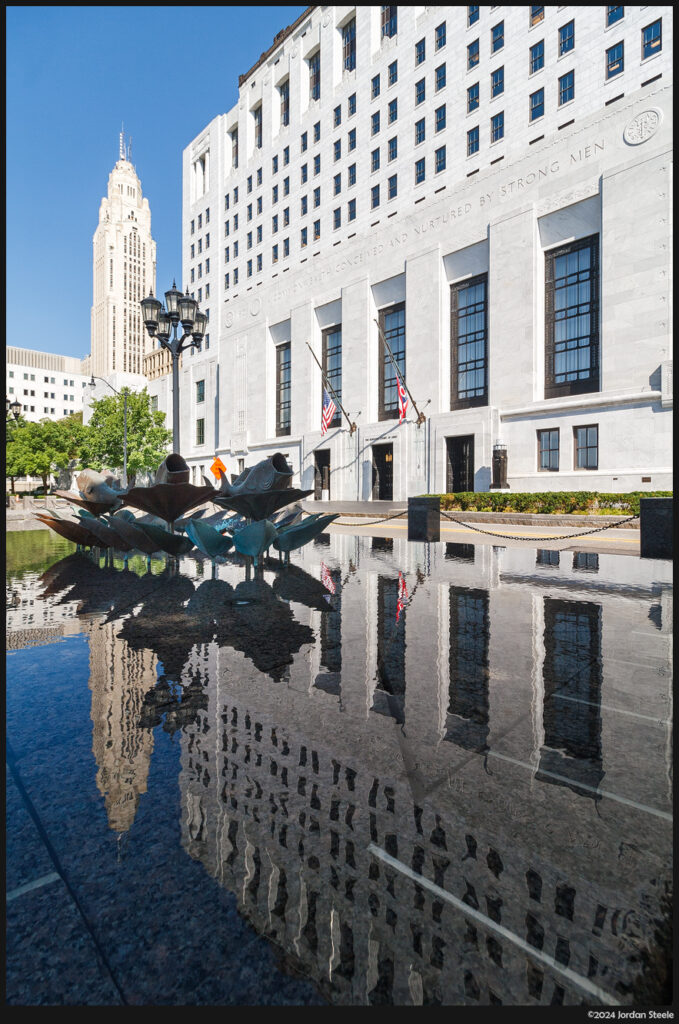
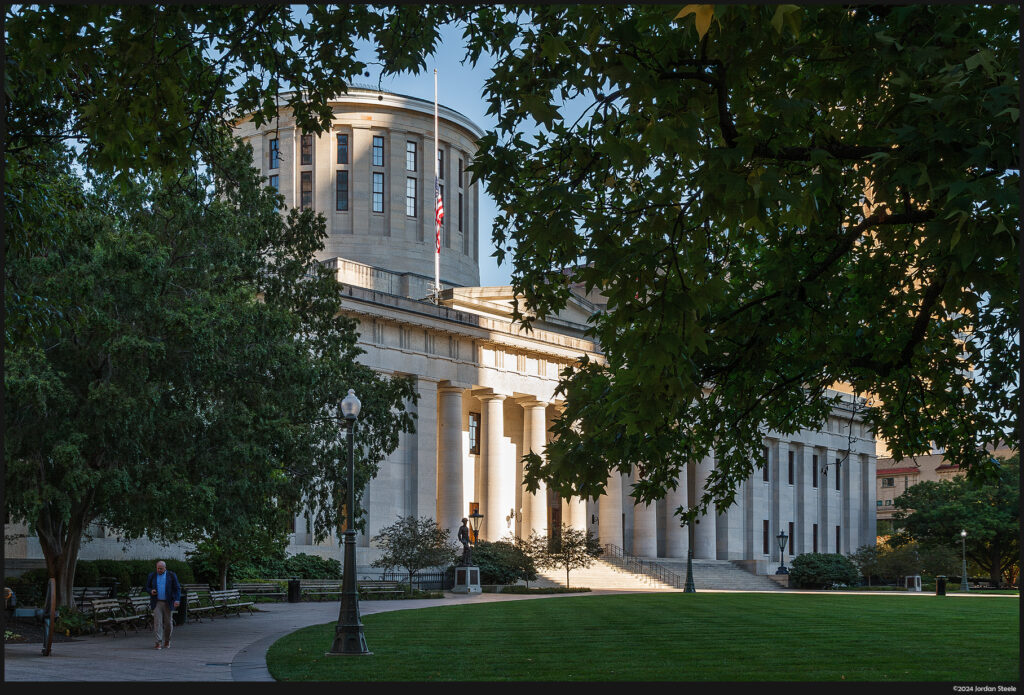

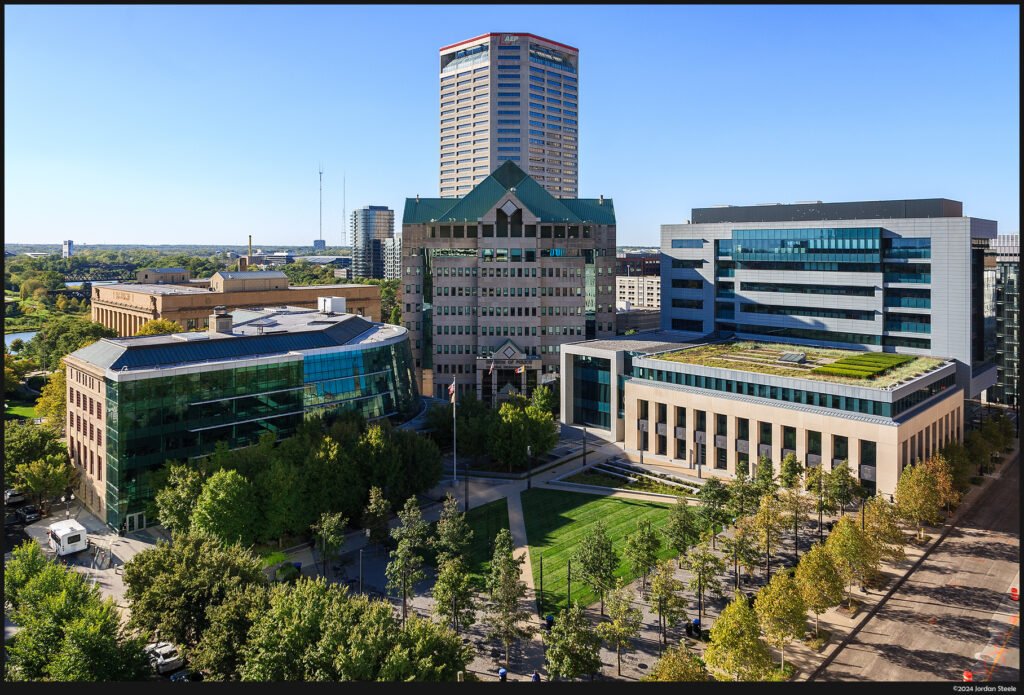



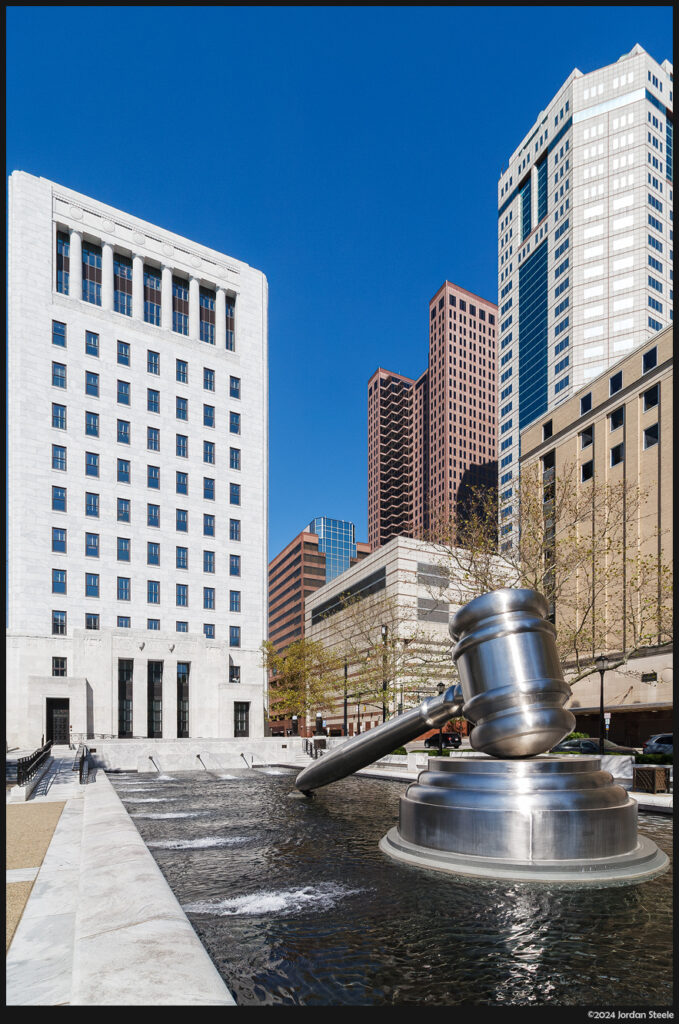
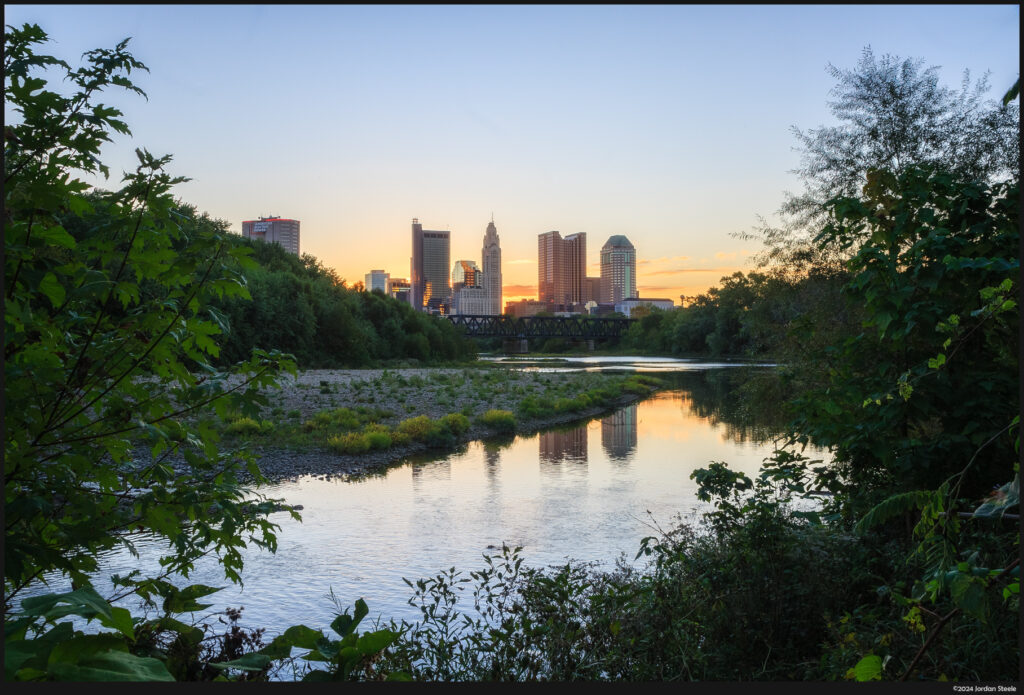


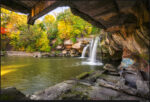
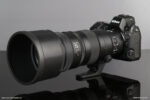
Leave a Reply